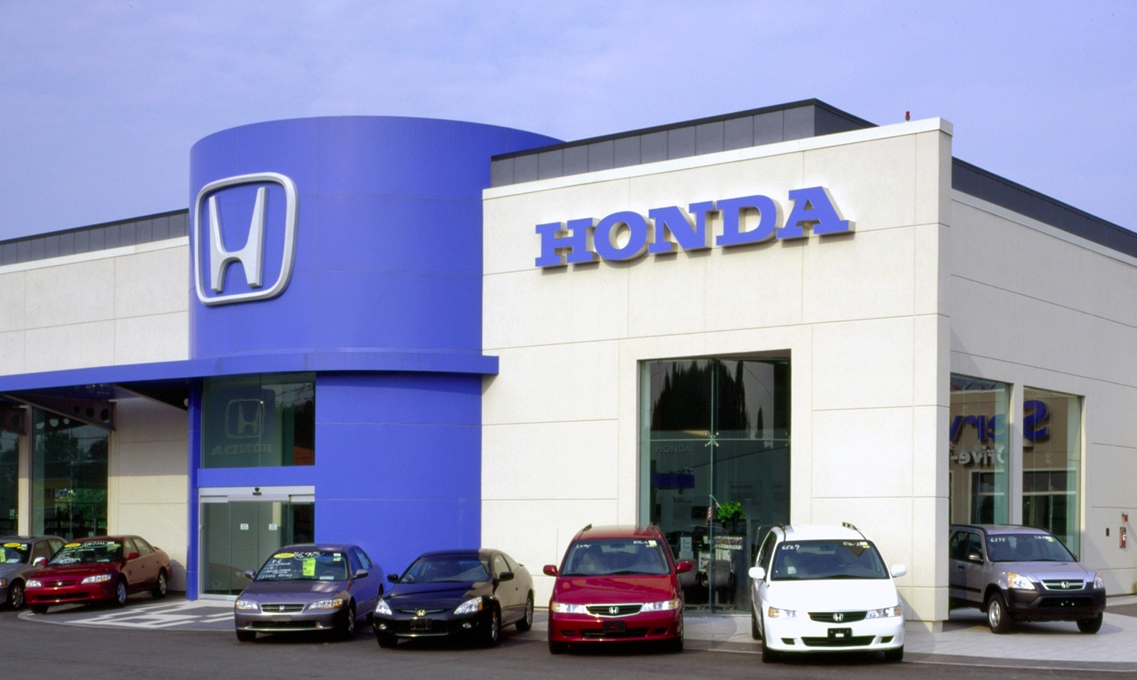What Happened
Backseat passengers in Honda’s 2018 Odyssey minivans can now stream over 2,000 movies from MGM’s Epix network, including the “James Bond” and “Star Trek” franchises, as the two companies announced a content deal on Wednesday. This marks the first time an OTT service is available directly through a connected vehicle’s rear-seat entertainment systems, as Variety notes. However, Honda owners will need to have an Epix subscription through a participating pay TV provider in order to access the content.
What Brands Need To Do
While it remains to be seen whether the partnership will actually result in increased subscriptions for the network, this deal between Honda and Epix could harbinger more similar partnerships between auto and entertainment brands to supply content for connected cars. Research firm McKinsey estimates that connected cars could account for 22% of all vehicles on the road by 2020, which is set to unleash an influx of additional media time and attention that brands can capitalize on to reach consumers. While it is still a few years off till the technology fully matures, smart brands should start thinking about how to conquer this emerging in-car media space now.
Source: Variety




